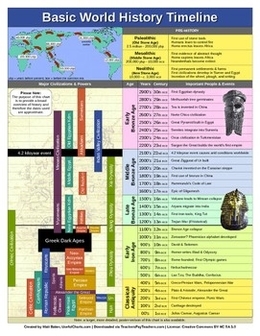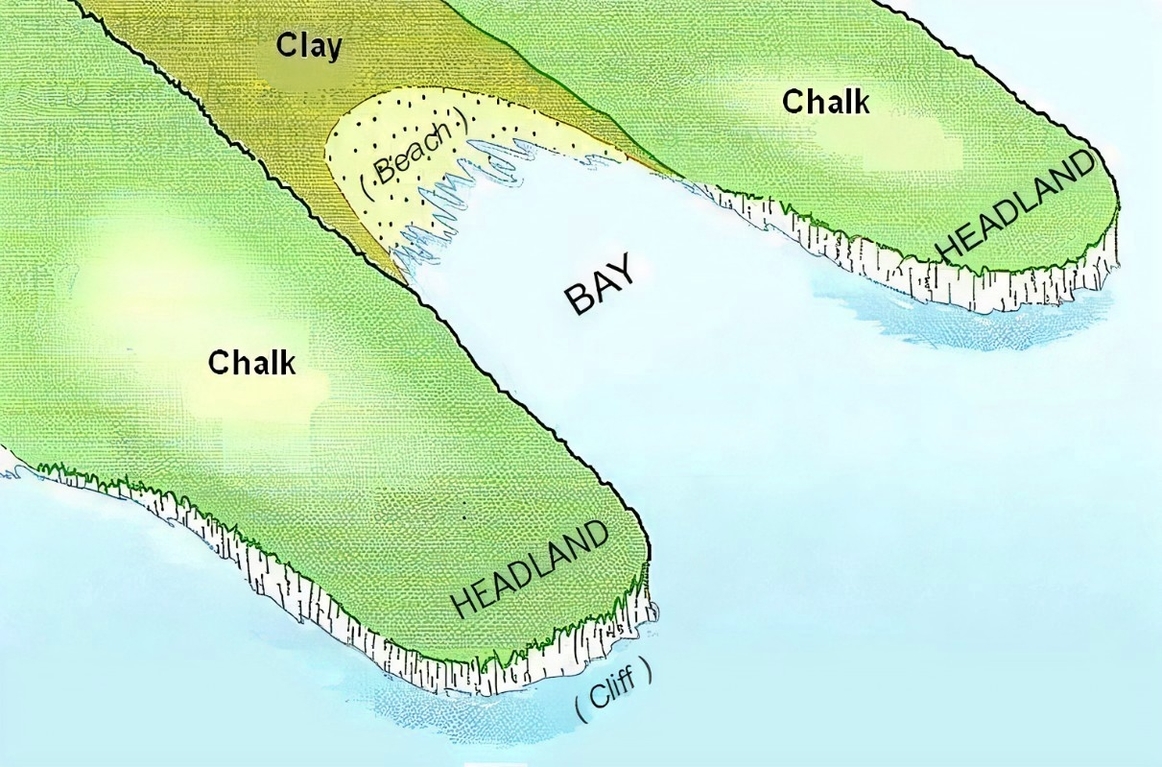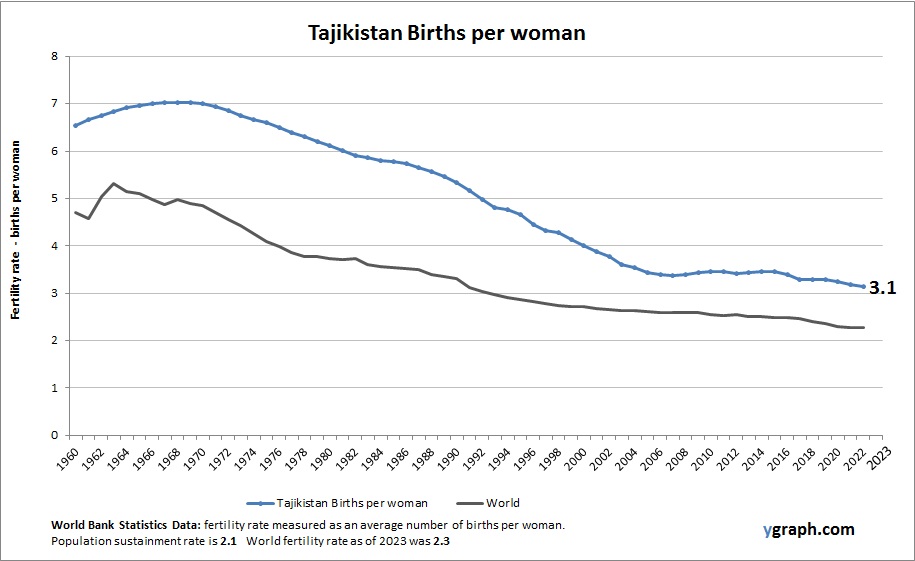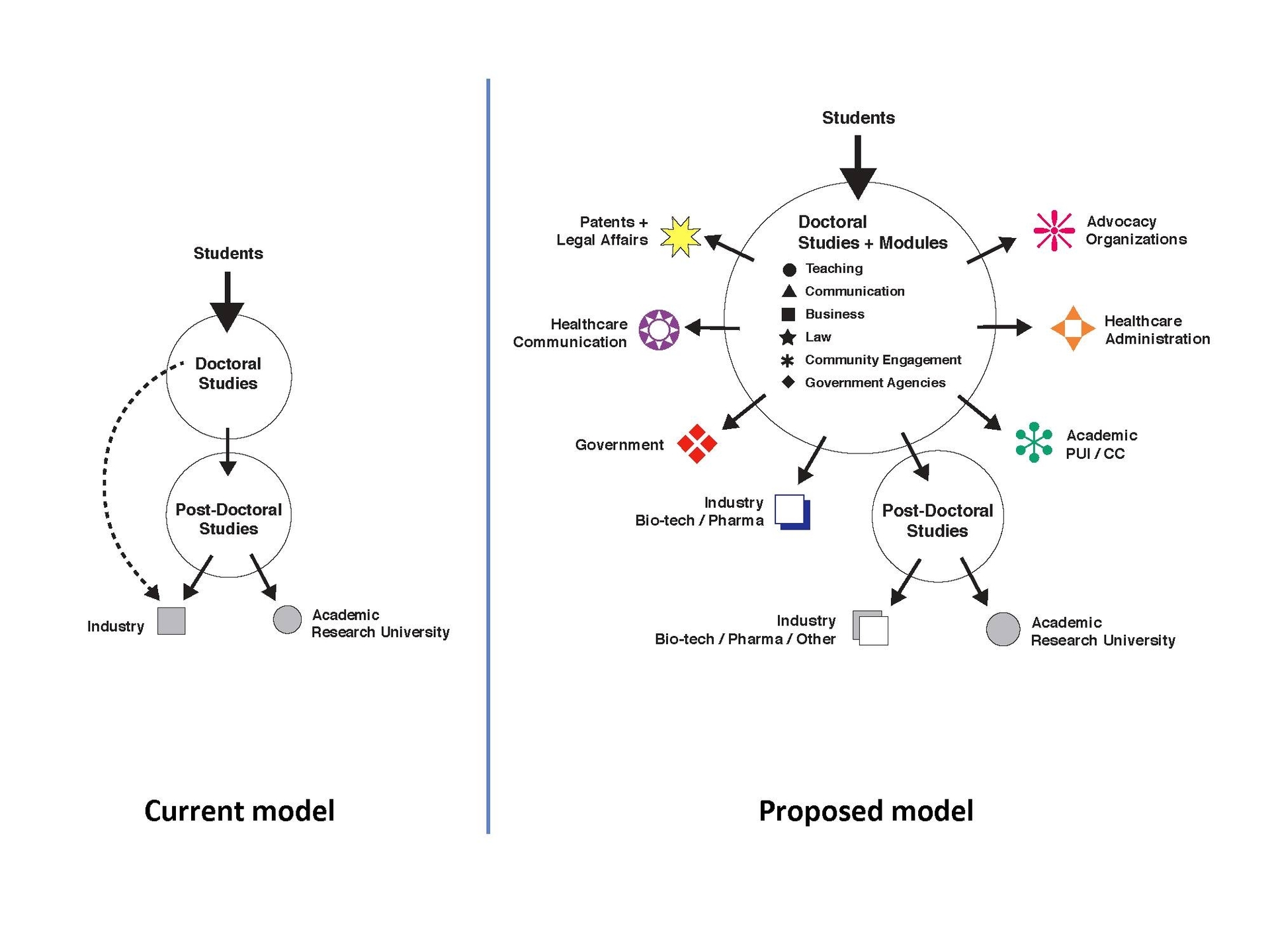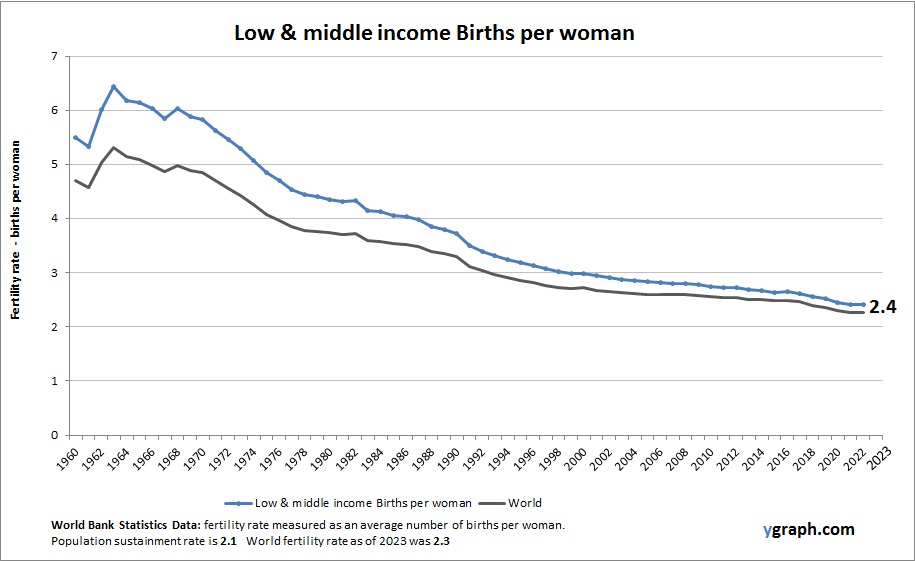The movie industry is a complex and dynamic business that involves the creation, distribution, and exhibition of films. Each of these components has its own challenges, opportunities, and strategies to succeed in the competitive and evolving market. Here is a brief overview of the three component systems of the movie industry:
Production: This is the process of making the content of the film, from developing the script and securing the financing to hiring the cast and crew and shooting the scenes. Production can take place in studios or on location, depending on the budget and the artistic vision of the filmmakers. Production also involves editing, sound mixing, and visual effects, which can enhance the quality and appeal of the film. Production companies can be independent, major, or corporate, depending on their size, ownership, and output. Independent production companies are usually small and focus on niche markets or artistic films. Major production companies are large and have more resources and influence, but also face more competition and risk. Corporate production companies are subsidiaries of media conglomerates that own other businesses, such as television networks, publishing houses, or theme parks.
Distribution: This is the process of getting the film to the public, either through theatrical release, home video, television, or streaming platforms. Distribution involves negotiating with exhibitors, such as theater chains or streaming services, to secure the best deals and exposure for the film. Distribution also involves marketing and promotion, which can generate buzz and interest among the potential audience. Distribution can be done by the same company that produced the film, or by a separate company that specializes in distribution. Distribution companies can be domestic or foreign, depending on the markets they target and the rights they acquire. Domestic distribution companies focus on the local market, such as the United States or Canada, while foreign distribution companies deal with the international market, which can be more lucrative but also more complex and diverse.
Exhibition: This is the process of showing the film to the public, either in theaters, on television, or on streaming platforms. Exhibition generates revenue for the film, either through ticket sales, advertising, or subscription fees. Exhibition also provides feedback and recognition for the film, either through word-of-mouth, reviews, or awards. Exhibition can be influenced by many factors, such as the timing, the location, the genre, the rating, and the competition of the film. Exhibition can also be affected by the changing preferences and habits of the audience, who may prefer to watch films at home or on their devices,




